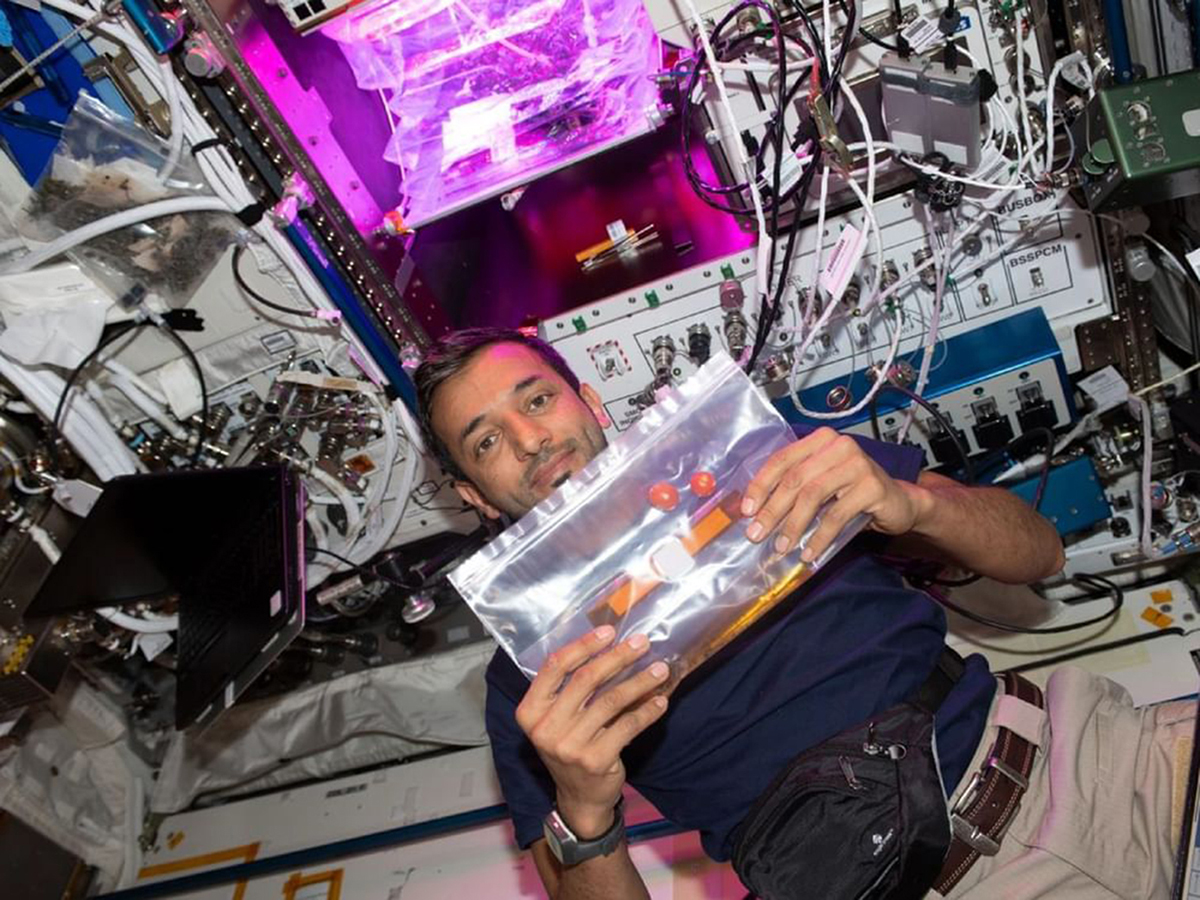Stay Up to Date
Submit your email address to receive the latest industry and Aerospace America news.
The Space Settlement Technical Committee promotes the identification and development of advanced concepts, science, and technology that will support, enhance and enable permanent human presence in space.
Overall, it has been an exciting year for space settlement, including multiple launches and advancements in making life off Earth more habitable. Although not all objectives were completed, SpaceX’s April and November launches of Starship-Super Heavy rockets hinted at the possibility of sending large masses to orbit and beyond — key components for enabling thriving communities. As the price for mass to orbit drops, more options for space development become available.
India’s autonomous lander and rover landed on the moon in August, and results from those spacecraft — as well as the the samples retrieved by China’s Chang’e-5 lander in 2020 — confirm the availability of critical resources, including oxygen and metals, and hint at the ability to grow plants in enclosed volumes on the moon. To enable larger-scale lunar settlements, resources including carbon, nitrogen and water must be found in large quantities on the moon or brought from Earth.
On Mars in September, NASA’s Mars Oxygen In-Situ Resource Utilization Experiment, MOXIE, completed its mission aboard the Perseverance rover. MOXIE demonstrated a way to collect carbon dioxide from the Martian atmosphere and convert it to oxygen, which will be required for astronaut consumption during long-term Mars missions, as well as for generating rocket fuel.
In low-Earth orbit, plant growth experiments continued on the International Space Station and on the Chinese Shenzhou station. Plant growth recycles air and water in space and adds fresh food to stored rations and food shipped from Earth. In February, the Human Research Facility Veggie, HRF Veg, project surveyed the psychological benefits of eating the fresh salad crops grown on ISS. Plants on ISS essentially grow in pillowlike fiber bags, which contain added nutrients like nitrates, into which astronauts inject water. Astronauts’ mood improved after eating the crops. Larger-scale growing technology could be adapted from hydroponic technologies from Earth.
Since space settlement is a long-term endevor, several contests and projects this year engaged middle school to high school students from dozens of countries around the world, who created impressive and imaginative space settlement designs. One example was the National Space Society Gerard K. O’Neill Space Settlement Contest completed in February. It featured 26,725 students, who submitted 4,567 entries from 19 countries. The grand prize was awarded in May to a team of seventh graders from St. Cecilia School and San Francisco Japanese School, both in San Francisco. Their design featured both physical models and computer-assisted designs for a free-space rotating settlement called Space.NoA+. The fourth edition of the Martian Greenhouse Project began in October with a request for proposals from middle school and high school students around the world, who are challenged to design future self-sustaining space settlements on Mars using project management and engineering principles. Each team is partnered with mentor engineers. The project culminates with presentations, including models, cost projections and other metrics.
The capstone contest for high school students is the International Space Settlement Design Competition, which began in February with several global regional competitions. The competition required detailed budgeting, project planning, detailed designs and project dynamics similar to actual aerospace projects, including similar deadlines. Finalists go to a NASA field center for an intensive 48-hour engineering final contest, which took place in July at NASA’s Kennedy Space Center in Florida. Winning teams are not typically published to encourage future collaboration, but in the past, participants included teams from the U.S. and U.K.
Stay Up to Date
Submit your email address to receive the latest industry and Aerospace America news.




